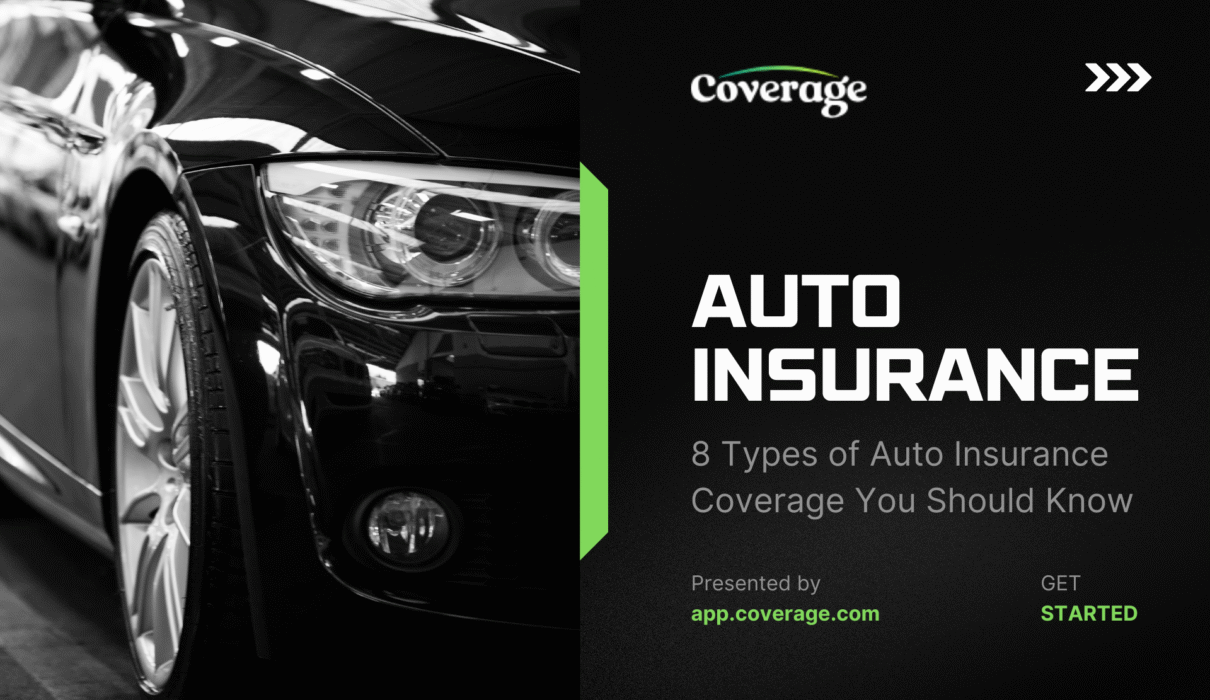When it comes to protecting your vehicle and yourself on the road, having the right auto insurance is essential. Understanding the different types of coverage available can help you make informed decisions, stay compliant with legal requirements, and avoid unexpected financial burdens. Here are eight crucial types of auto insurance coverage you should know:
1. Liability Coverage
Liability insurance is required in most states. It covers the cost of damage or injuries you cause to others in an accident. This includes:
- Bodily Injury Liability – Covers medical expenses, lost wages, and legal fees.
- Property Damage Liability – Covers repairs or replacement of the other party’s vehicle or property.
2. Collision Coverage
This pays for the repair or replacement of your vehicle after an accident, regardless of who was at fault. It’s especially useful if you drive a newer or high-value car.
3. Comprehensive Coverage
Covers non-collision-related damage such as theft, fire, vandalism, natural disasters, or falling objects. It protects your car from many unforeseen risks.
4. Uninsured/Underinsured Motorist Coverage
Protects you if you’re hit by a driver who either has no insurance or insufficient coverage. It can help cover your medical expenses and vehicle damage.
5. Personal Injury Protection (PIP)
Also known as “no-fault insurance,” PIP covers medical bills, lost wages, and sometimes funeral expenses for you and your passengers, no matter who is at fault.
6. Medical Payments Coverage (MedPay)
Similar to PIP, MedPay covers medical expenses for you and your passengers after an accident, regardless of fault, but does not typically cover lost wages.
7. Gap Insurance
If your car is totaled and you owe more on your loan or lease than its current value, gap insurance covers the difference. This is often recommended for new car owners with auto loans.
8. Roadside Assistance Coverage
Provides help if you’re stranded due to a flat tire, dead battery, lockout, or need a tow. While not essential, it offers peace of mind during emergencies.
Conclusion
Choosing the right mix of auto insurance coverage depends on your needs, budget, and state requirements. Reviewing your policy regularly ensures you’re adequately protected and not overpaying. Stay informed, stay covered, and drive safely!

